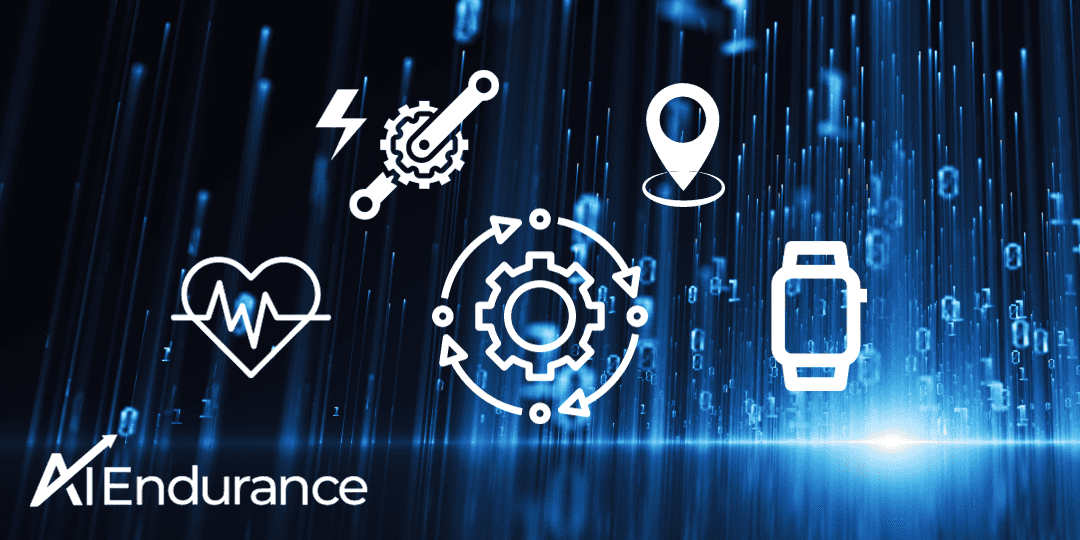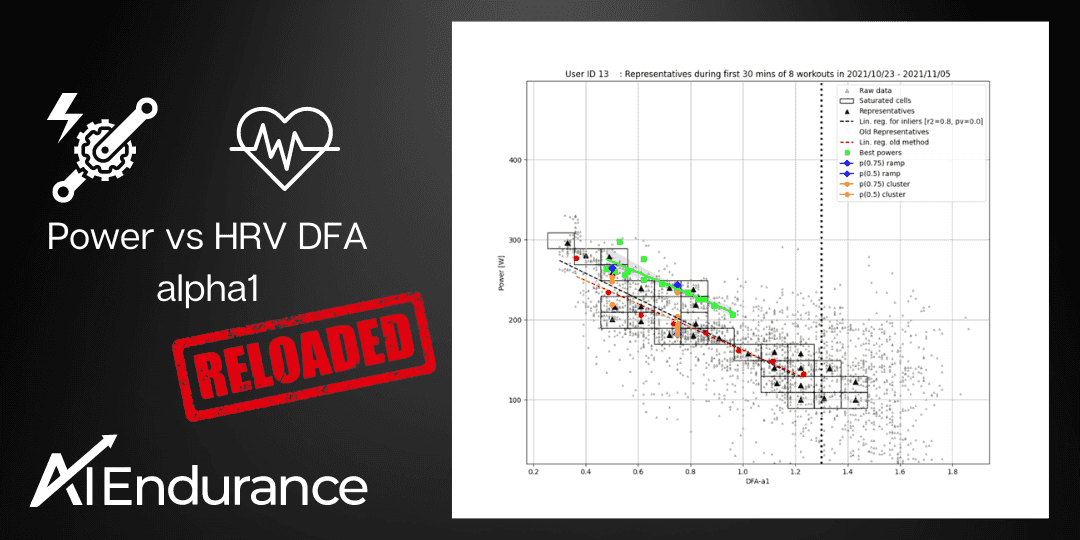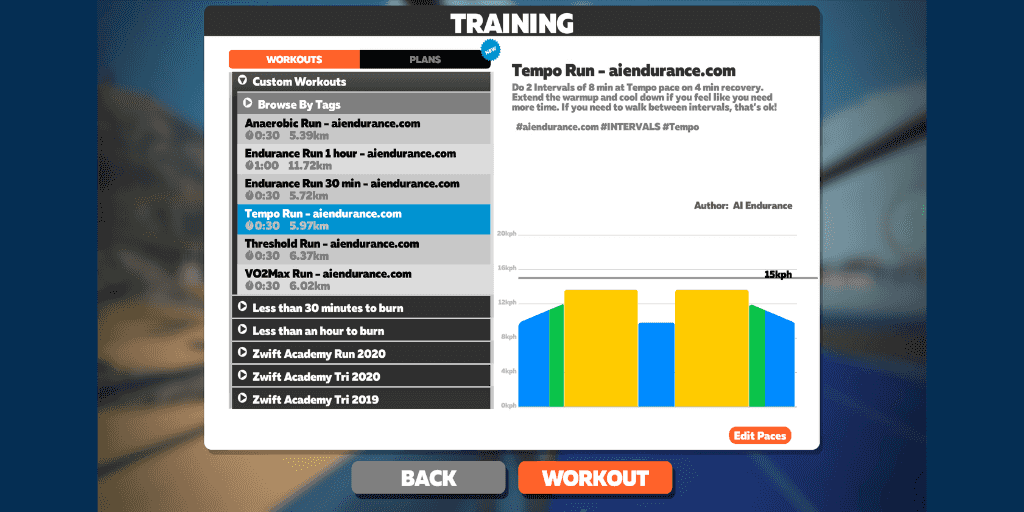
AI Endurance is a data-driven training platform. In order to maximally benefit from the training and have the program be most personalized to you, you'll want the best possible data to flow into the platform. Here's a few recommendations on how to achieve this.
With AI Endurance, you have the option to integrate overnight heart rate and HRV data into your training routine. We automatically monitor and adapt your training program via a personalized recovery based on your data. To get your overnight heart rate and HRV data into AI Endurance you have the following options:
You can find more information in the AI Endurance FAQ, in the AI Endurance Reddit, or in the AI Endurance user's Facebook group.
An alternative way to gain insights from your AI Endurance data is the AI Endurance GPT.

by Stefano Andriolo. Building on previous work, we refine a method to accurately determine the relationship between DFA alpha 1 and power. This method can be used to track fitness and thresholds of an athlete. We find in some cases ramp detection tends to overestimate thresholds, a finding mirrored in recent physiological papers. On the other hand, thresholds based on clustering of DFA alpha 1 values tend to agree well with this new method. We propose a hybrid lab and everyday workout experiment to further study the relationship.

Use Zwift running workouts to increase your running pace with a data-driven, personalized and predictive Zwift running training plan from AI Endurance.

When it comes to triathlon training, nutrition plays a vital role in fueling your performance and optimizing your results. To help you reach peak performance, we have developed an advanced AI meal plan that takes into account your unique requirements, respects the calorie cost of your workouts, and accommodates your dietary preferences. With the power of evidence-based nutrition models, we ensure that your triathlon meal plan is tailored to support your goals.

by Grant Paling. In his last blog post in a series of three, "I don’t really know how I’m doing," Grant reflects on self-assessment and personal growth, emphasizing the role of AI Endurance in setting realistic goals and predicting performance in triathlons.